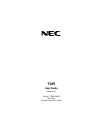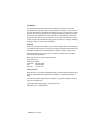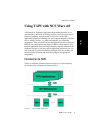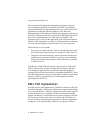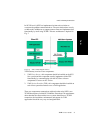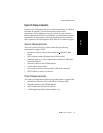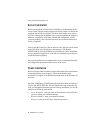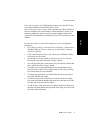Using TAPI with NCS Ware 4.0
2
TAPI
4.0 User Guide
The service providers implement the telephony functions necessary to
write a telephony application as specified in the TSPI. The telephone
system manufacturer typically implements this layer so that all the TAPI
applications can function with the telephone system. Microsoft
implemented the TAPI middleware and this layer aggregates all the service
providers available and provides a uniform API to the applications. It also
adds value by implementing a few other high level functions. The
application layer is where all the applications such as Microsoft Outlook
function. These applications are written to TAPI specification so that they
can work with any telephone system that has its own service provider.
TAPI functions are of two kinds:
• First party call control functions - these are the functions that control
the device directly. These functions are specified in TAPI version 1.4.
• Third-party call control functions - these are functions that instruct a
telephone system such as the NCS Serv system to control telephony
devices such as trunks and extensions. These functions are specified
in TAPI version 2.1.
With Windows 2000, Microsoft released a new version of TAPI called
TAPI 3.0 that provides an object oriented API for telephony functions.
Even though the application layer specification has been completely
rewritten, the service provider interface is compatible with TAPI 2.1. Since
NCS Ware implements its service provider based on TAPI 2.1, applications
written to TAPI 3.0 can make full use of all the telephony functions
implemented by NCS Ware.
NEC's TAPI Implementation
In earlier versions, NEC implemented a TAPI Service Provider (TSP) only
and relied completely on Microsoft's middleware to support clients running
over a network. However, Microsoft's support for remote clients required
that the installation have a complete NT server environment including
domains and directory. It required the client systems to belong to the same
NT domain, the remote user to have an account on the NT domain, etc.
Overall, installing, maintaining and supporting a TAPI-based application
resulted in a lot of work and hence made it a very expensive solution.



